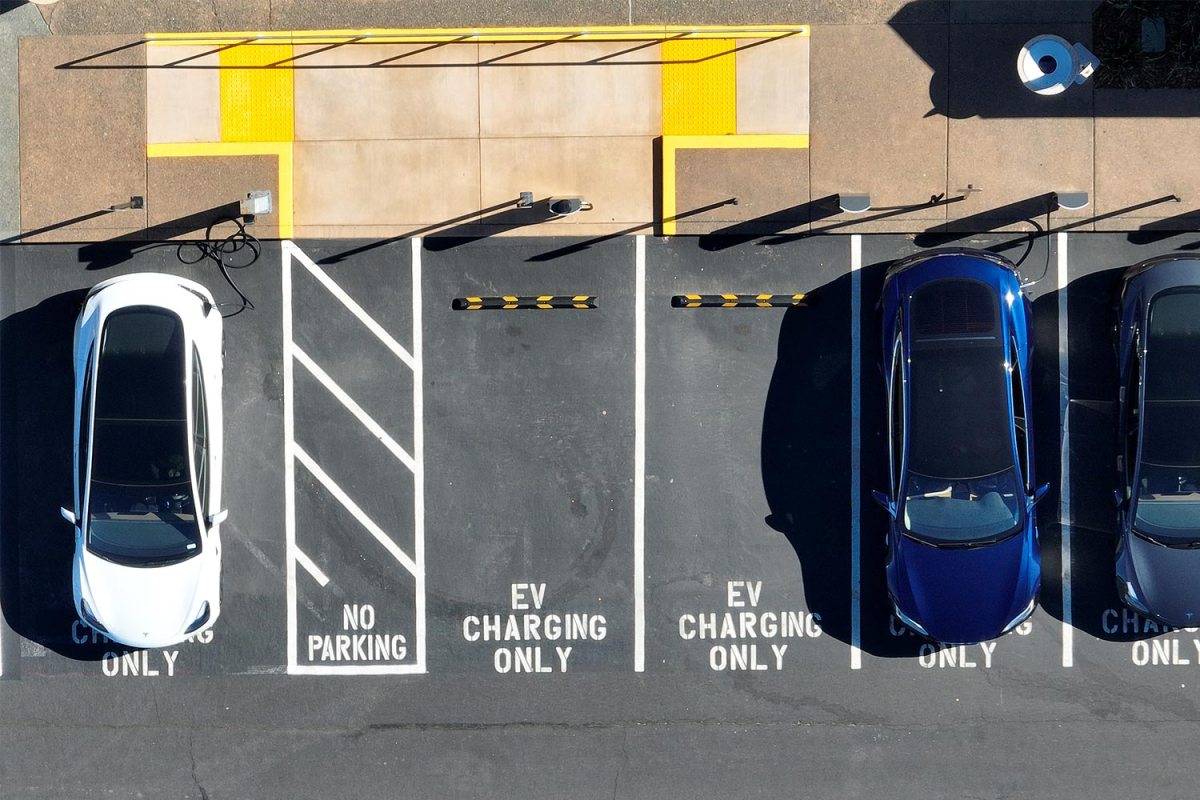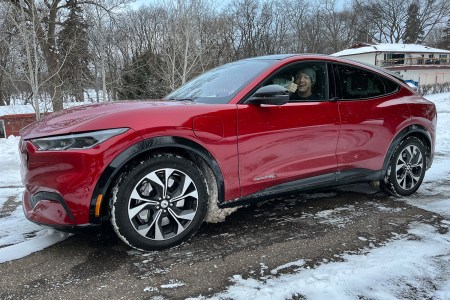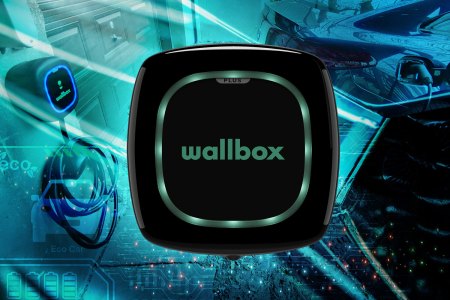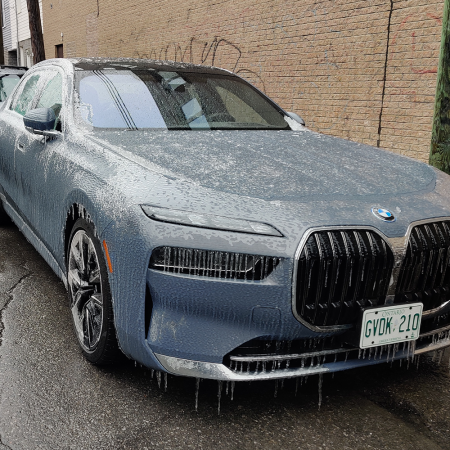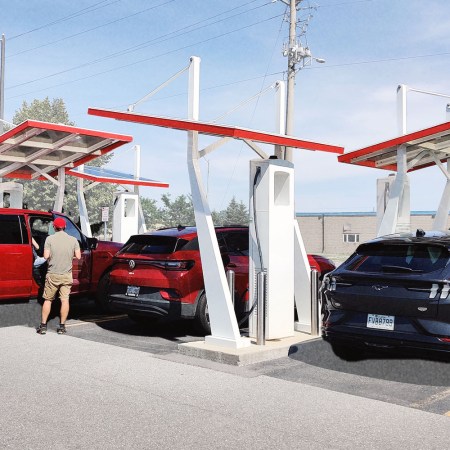The term “bricked” is one that instantly conjures up the worst-case scenario for fans of the latest and greatest modern technologies. Stemming from the sinking sensation that a software update, power surge or mysterious internal failure has rendered a once useful mobile device into a rectangular hunk of useless plastic, it’s perhaps no surprise that this word has by now found its way into the lexicon used to describe electric vehicles.
The idea of a bricked EV is terrifying. With the purchase price of a typical electric automobile is tens of times past that of a smartphone or tablet, the stakes are considerably higher when the dashboard refuses to light up after pushing the start button. With viral videos of “bricked” EVs easy to find on YouTube, TikTok, Twitter and other social media sites, how worried should potential buyers of battery-powered vehicles be about parking a potentially expensive paperweight in their driveway?
“Bricked” = Broken = Don’t Panic
The first thing to do is take a deep breath, exhale slowly and realize that when it comes to electric cars and SUVs, the word “bricked” has become something of a catch-all to describe any number of problems that might leave an EV out of service for a period of time.
That doesn’t feel all that comforting until you realize that you could also theoretically use “bricked” to describe similarly serious problems with almost any automobile, regardless of fuel type. Dead battery on your diesel pickup? Bricked. Empty fuel tank in your gas-powered sport-utility? Bricked. Squirrels chew through the power cable leading to your ECU? Also bricked, across the board.
I Idled in an Electric Car for 12 Hours in the Freezing Cold to See What Would Happen
The I-95 shutdown ignited a debate about EVs in winter, so I did an extraordinarily mundane testA key difference between the above scenarios and no-start conditions for electric vehicles, however, has to do with perception. Trying to crank over an internal combustion engine on an empty tank at least turns the motor over, and you’ll often get dash lights and other signs of life that suggest the situation isn’t totally hopeless. Push the go-button on a malfunctioning EV, however, and the sound of silence that fills the cabin only feeds a growing sense of dread that something has gone drastically, irretrievably wrong.
“Early on the Tesla Model S [one of the earliest mainstream EVs] had a number of reliability issues that were similar to ‘bricking,’ in the sense that the vehicle stopped working completely,” explains Chad Kirchner, VP of content for the electric vehicle publication EV Pulse. “Although it wasn’t quite the same as a failed software update preventing the car from ever being used again, a lot of this same terminology is being used now in an automotive context.”
Compounding the frustration of a “bricked” EV is the feeling of helplessness that comes with it. When a cell phone refuses to boot up, it’s at least possible to look up potential reset procedures online and learn from other owners what combination of buttons could potentially revive it from its zombie state. There’s really no similar DIY resource available for EV owners, who are often forced to call a flatbed to take their vehicle straight to the closest dealership for a professional diagnosis of what went wrong with its black-box innards.
Most Common Bricked EV Complaints
There are a number of common causes for EV bricking. The most often encountered is a dead battery, but not always the one you think. While the main power pack attached to the vehicle’s drivetrain is of course a crucial component of any electric vehicle, there’s also a standard 12-volt battery in play that runs most of its automotive systems. This unit is often forgotten from a maintenance perspective, and can often fail to hold a charge in colder weather or simply age out of its operating envelope, leaving owners stranded and confused with a seemingly full battery situation on their hands.
Other times, the main battery pack itself can become depleted to the point where it is no longer able to motivate the vehicle. This can also occur when it’s been exposed to extreme temperatures at either end of the spectrum, with high heat and below-zero weather each potentially tripping internal systems designed to protect a battery from damage by limiting its use under those conditions.
Then there are the charging station failures that plague the poorly-developed public infrastructure for juicing up electric autos when traveling far from home. Most EV owners are familiar with the nightmare of trying to find a functional plug on a road trip, but a smaller percentage are hit with the more perilous proposition of having their vehicles damaged by malfunctioning chargers that wreak havoc with battery systems and other electronics.
Everything You’ve Wanted to Know About Installing an EV Charger in Your Home
Is it expensive? Safe? Convenient? Here’s what I learned after hooking up the Pulsar Plus from Wallbox.Add to these scenarios any and all additional perils facing electric car owners — such as component failures and corrupted over-the-air software updates — and you’ve got a fairly extensive list of issues that could lead to someone wondering if their EV has been truly “bricked” for good.
Enter the Tinfoil Hats
Despite being mechanically simpler, electric vehicles have their own maintenance issues and system failures, just like a gas- or diesel-powered automobile. The shared vocabulary used to describe failed consumer technology will of course in some cases lead to an exaggeration of how terminal those particular problems actually are. There’s another dimension to the use of the word “bricked,” however, that extends into a different realm of owner anxiety.
“When I look on TikTok, when someone is talking about being ‘bricked,’ it’s often in the context of ‘oh my gosh, the government is going to shut down electric cars, but my gas car will work forever,’” says Kirchner. “There are people out there who are truly fearful of ‘remote bricking,’ which of course can happen to any other type of automobile, electric or not.”
As Kirchner points out, there’s very little profit in an automaker, or the feds, or any other boogeyman flipping a remote off-switch on a car or truck. It’s extremely unlikely that owners will wake up one day to discover a bricked EV in their driveway, but that’s cold comfort for the paranoia industry that churns nonstop on social media.
This article was featured in the InsideHook newsletter. Sign up now.
